The promise of new flavours beckons from Banawe.
11 Beginner Plant Care Tips + Life Lessons & Hugot That Come With Them
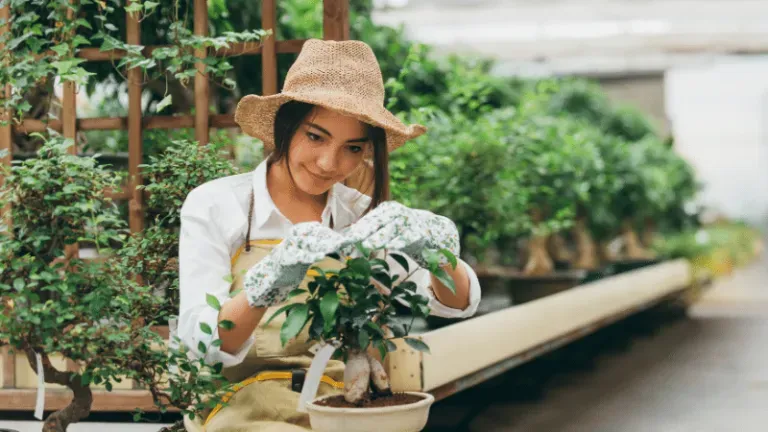
Shall we begin with a disclaimer? I am a beginner #plantita (or #plaunt) and I welcome all , too!
Wow, I just realised how that might have sounded eerily similar to an addicts anonymous meeting introduction. Hi, I’m Alyosha and I’m a plant addict… or I’m becoming one, I think? Denial — they say that’s one of the stages. How accurate, but I digress.
Now, you might find yourself asking, why on earth will I want to take from a beginner? I can only offer you this: I’ve been searching high and low for tips and tricks and input from bloggers, vloggers, sellers, actual gardeners and plant collectors, and even my parents’ assistants who tell me unusual plant care practices from their provinces. (Side note: Did you know that in some localities, there are pamahiin for optimum plant care? One goes, a lady should not tend to plants if she is on her monthly period.)
Also read: Thinking of Taking up Gardening? Let These 20-Somethings Show You How!
Plant care tips from actual human beings and the digiverse, to here and abroad
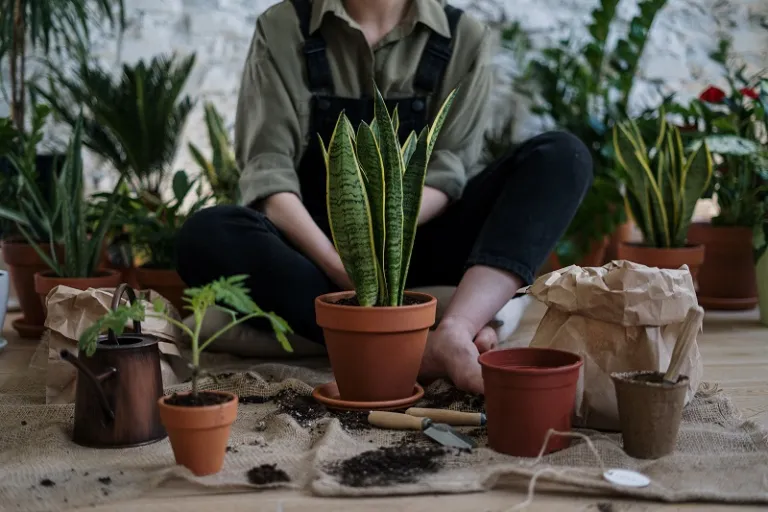
But if there’s one thing I noticed about plant parents, it’s that they’re some of the nicest people I’ve met. They readily share care guides and never hold back valuable knowledge. Some sellers have even sent me plants sans payment; others tell me to purposely delay the transfer just until my seedlings are ready for delivery.
And so, in the spirit of paying their kindness forward, I humbly offer you my — culled from steady research and actual practise. I’ve been into plants and wildlife since long before the pandemic started, but I must admit I caught the halamom bug over quarantine. Now let’s keep these green babies alive!
Also read: Plant Parenthood: 8 Signs You Should Get a Quarantine Houseplant
When purchasing
1. Research, research, research: Know your plant’s place of origin & love language
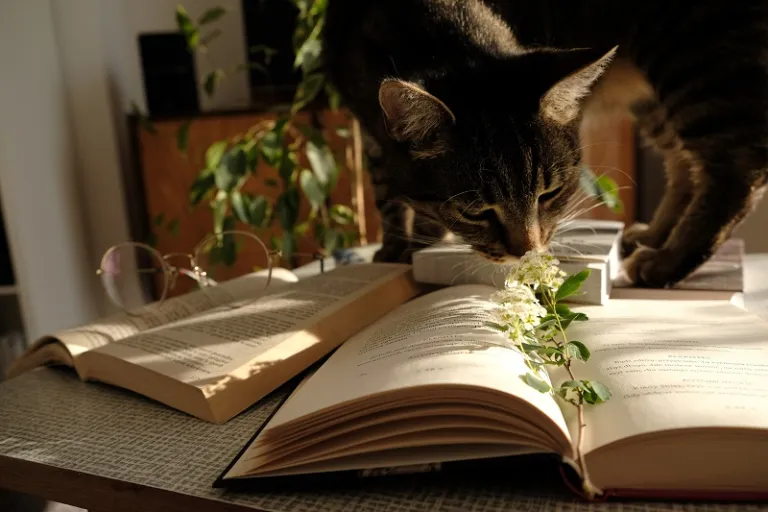
You’ve decided, you’re going to buy a plant! Congratulations, you’re opening yourself up to endless joy (and worry, let’s be honest). But before you make that purchase, be sure to research till your brain hurts. Get to know your plant even before bringing it home!
Read up on its place of origin, because that will give you clues on the it will need to sprout new growth. Many pro plant parents will tell you this; aim to replicate a plants’ natural habitat. Most importantly, get a feel of its love language. Does it like to be fussed over or is it the type to want more alone time? Will it thrive in low, medium/moderate, or direct light? Tap water or distilled? Is it a fast ‘unfurl-er’ or a slow grower? To know all of this, you must research! For beginners, I highly recommend heading to YouTube. Plant vloggers will show you exactly how things should be done; Planterina, Epic Gardening, and Summer Rayne Oaks are great jump-off points!
Life lesson: Sure, you can just do it — like that one sportswear brand always says. But plants are a little bit different. They’re living things, and living things do, well… living things. Some plants have more needs than most; they like particular light or require a humidifier depending on where you live. As with anything in life, insights and information equip you with the knowledge of what you can (and cannot) handle.
The ethics of buying plants
In addition, research arms you with the wisdom to determine what is ethical or not. Bringing nature inside your homes entails responsibility. Don’t patronise sellers who poach exotic and regulated greenery. In case you didn’t know, that may land you in jail. And come on, that’s just downright wrong.
Also, it’s your responsibility as a plant parent to know if you can provide what it needs! We’ll talk more about these in detail later. But here are a few basic things to consider:
- Soil — what kind is the seller placing the plant in? Most plants require well-draining soil. If you receive it in soil that it doesn’t like in the first place, chances of you making it happy are slim as well.
- Light — do you have an ideal spot for your plant where it can soak the light it needs?
- Watering — can your schedule take on this added task?
- Humidity — to buy a humidifier or to rely on your home’s humidity? Pro plant parent tip: Humidity in bathrooms normally does well for plants who prefer to have moisture in the air!
- Pests — can you deal with creepy crawlies in the dirt? Or do they freak you out?
2. Especially for beginners, start with a healthy, stable, rooted plant
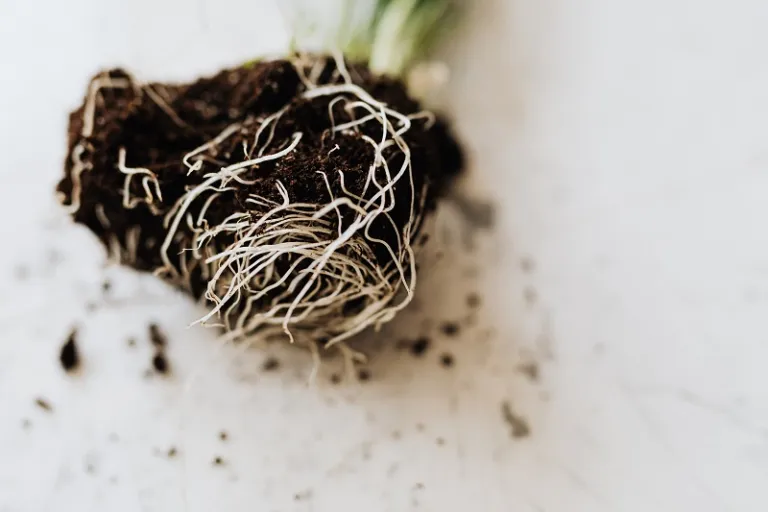
Unless you’re going to grow herbs and vegetables from seed, of course. That’s a different scenario that calls for different altogether. But for those starting out with seedlings or even full-grown plants, make sure they are stable! Your plant should bear actual roots that will absorb all the nutrients it needs to survive! Some reputable sources will indicate outright that the plants they sell are stable and rooted; that’s a plus.
The ethics of selling plants
If you’re wary, there’s no shame in asking! Take it from me. I won’t mention the plant shop but I’ve already received a plant with few to no roots. Sadly, it was too late; by the time I finally resorted to repotting, the lack of roots had already done irreparable damage. It was like a death sentence for the plant baby, which was obviously just snipped and placed in a pot. The only silver lining is, I didn’t pay much for that mistake — literally. I paid less than ₱300 for the poor plant.
To tie it all together, it was a vlog entry from well-loved vlogger Planterina that encouraged me to start with plants with fewer issues. I’m saying “fewer”, because plants are living things — imperfections add to their charm! But Planterina suggests going for plants that are healthy from the get-go. You can try to rescue plants, eventually. For novices developing their green thumb (spoiler: everyone has one!), better stick with plants that don’t need fixing… yet. *insert evil laugh*
Halaman hugot: You can’t fix everything (and everyone). Some traumas of the past are irreversible and beyond you. It is neither your fault nor your responsibility. But you can avoid bringing these mistakes into your life. Naks!
3. Get a plant (and pot) that suits your lifestyle and preferences
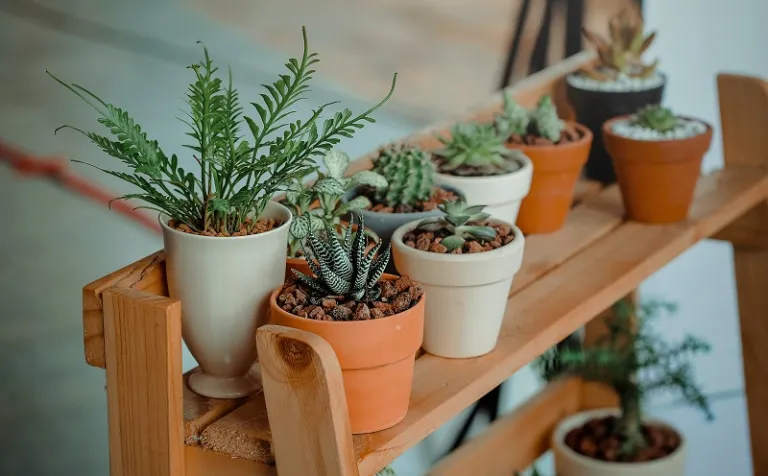
Entries one and two actually build up to this third tip. Now that you’re acquainted with your plant, do you know yourself well enough, too? I ask this because you need to know your lifestyle and preferences to see if they’ll match your plants’ needs.
Why the little things matter
If you’re always out and about, then maybe go for a species that can withstand erratic watering. If you’d rather have more time in between watering days, even the type of pot you choose matters. Did you know that plastic pots hold water longer than terracotta ones? And that plastic pots tend to be more low maintenance because terracotta pots breed mold?
Should you happen to live where light rarely touches indoors, then you might need to think twice about getting houseplants altogether. While we’re on the topic of your home, if you share your living space with kids or pets, then base your plant choices on these factors, too. Some plants are toxic, and others have spiky features that easily maim curious bystanders.
Halaman hugot: Once, I was asked why I started to favour vining plant babies. So I told them, parang jowa lang ‘yan; ‘pag ‘di kayo compatible, edi hiwalayan mo. It’s not you, it’s me. Chos! But seriously, if you know yourself better, you’ll know what kind of plants to surround yourself with.
At home with your new plant baby
4. Clean, quarantine, & regularly observe new plants

As far as go, this one’s a requirement for flora newly introduced into your home: quarantine. Once a plant arrives at your residence, clean it with water and leaf shampoo (pot included!), and spritz it with mild insecticide. Remember, in the wild, they have rain to wash them down. No chance of light rain showers indoors, right?
Now, it’s better to do more research about which chemicals your plant tolerates better. Or you can simply ask your plant source. I learned this trick from plant scientist Christopher Satch, who goes by @botanictonic on Instagram. Follow him or check out his account from time to time. I promise you’ll learn a lot!
I personally go with a mixture of organic ingredients: plant-friendly castile soap and diluted neem oil… maybe a dash of lemon and peppermint essential oils, too. There are stores that will offer ready mixes as well — and I find using these formulations most convenient! I get to support local SMEs, too! These online shops come highly recommend:
- @beyondbotanicalph on Instagram
- @ornsandorcs on Instagram
- @luntian.ph on Instagram
- @theoilaholic on Instagram
- Pot Daddy PH on Shopee
- Urban Gardening Mom on Shopee
- Lucky Gardener PH on Shopee
- Masitera Lifestyle Gardening on Shopee
Plants need bathing & social distancing, too
Just a pro plant care tip, though: Spray these solutions onto your plants plus their soil and pot at night. Or if you do during the day, make sure that you don’t expose them to bright light right after. Some of these ingredients make your plant’s leaves more prone to burning, and you don’t want that!
Right after initial cleansing and inspection, set them aside. Don’t let them join the rest of your plant brood just yet, because they might be harbouring disease or pests. Give it a week or two. These quarantine periods are for observing the plant and catching any harmful crawlies that might have hitched a ride with them. E.g. I once found an adorable baby snail in my Scindapsus treubii ‘Dark Form’; and it would have eventually wreaked havoc faster than I can say, “No, Gary!” (Yes, that was a Spongebob reference.)
Point is: The farther new arrivals are from your other healthy plants, the less likely they’ll spread any potential threats.
Life lesson: That right there is solid proof that impeccable hygiene, quarantine, and social distancing work hand-in-hand, people. So stay at home as much as possible, wash your hands, and wear your masks. Please and thank you!
5. Stock up on plant food and medicine: on pesticides, fungicides, bactericides, fertilisers, soil conditioners, etc.
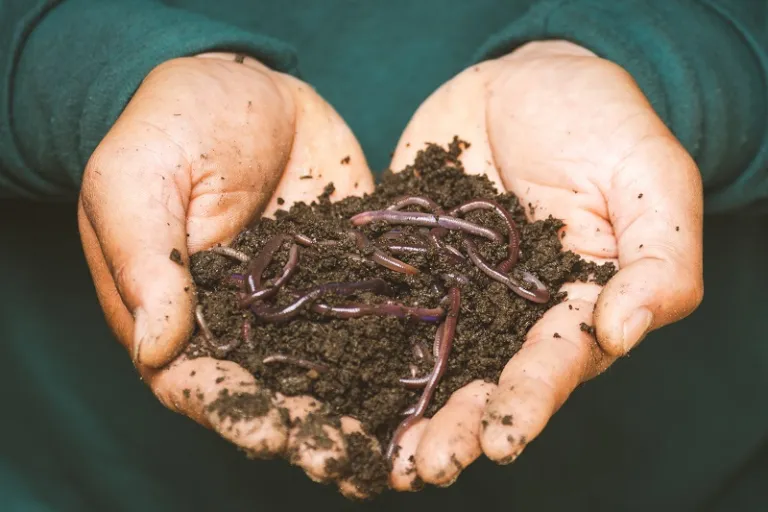
One of my first plant parent boo-boos: not having mild, basic pesticide in stock. I should have known better, really. We have a few small plants at home, plus a caimito tree. So I’m no stranger to fruit flies, fungus gnats, ants, and the like. Why I ever thought that indoor plants don’t deal with the same pests, I will never know. Jumping off from the last point (see #4): If your plant fam is growing, invest in the food and medicine that they will need. And believe me, they will require these handy essentials at some point! Remember, you are your plants’ internist. Heck, you’re occasionally their surgeon and grim reaper *gulp*, too.
Labels are there for a reason
Here’s another pro plant care tip: It’s easier dealing with anything organic rather than chemical-based concoctions. Some chemical fertilisers need to be heavily diluted and ONLY applied onto a plant’s surrounding soil — else it will burn foliage upon contact. Yikes. I’m not saying stay away from synthetic formulations; some of them work really well! Just handle them with more care. It helps if you choose formulations that won’t harm beneficial organisms in your soil, too!
If in doubt, read the label. Check the ingredients one by one before adding to your cart. Certain types of solutions are designed to address just one problem, while others are multi-tasking formulations. Some mixes are great as preventive measures but work slower as cures. As far as fertilisers go, do your research. I can’t stress that enough. When you see your plant pushing out a lot of new growth, feed it regularly with the nutrients it needs to keep at it!
Life lesson: Physicians and wellness practitioners tell us time and time again, prevention is better than cure. Anything healthy is happy. You are what you eat. It’s funny how I ignore these mantras for myself, but stand by them for my plants. Maybe this time I’ll be more mindful of my own health, too.
6. Place it where it will get the light, air, and humidity it needs

Say it with me, folks: For plants, light is life. Actually, light is life for us humans, too. With enough (sun)light (and H2O), plants photosynthesise, and that’s how new leaves are born. That’s how flowers bloom, how trunks reach new heights, how roots grow deeper.
Also read: The 10 Cutest Pink Flowers You Can Grow In The Summer!
Respectable plant sellers want you to succeed
I recently acquired my first Philodendron micans from Filipino Plant Club, and it came with the cutest plant care guide ever! From there, I picked up a plant care tip that’s sure to save us much grief. You know you’re in a low-light space if, once the lights are off during daytime, you struggle to read a book. Simple and easy, this trick allows you to check if your place meets your plants’ light requirements.
Life lesson: We need not complicate or force things. The more you know what you want and need, the more chances of new growth you can reap. And don’t be afraid of moving around to discover in which environment you’ll thrive. How can you ever know if you don’t try? *wink*
Aside from light streaming through your space, consider airflow and humidity. Outdoors, plants have the wind blowing through their leaves and stems. Moisture in the air stays consistent because of surrounding soil and greenery. Indoors, all they have is stale, dry air. Do your plants a favour and let open your windows, turn on your fans. It’s nice to take in fresh air. Invest in a humidifier if your room tends to trap dry air; it might even help you breathe better!
7. Water wisely, deeply, carefully
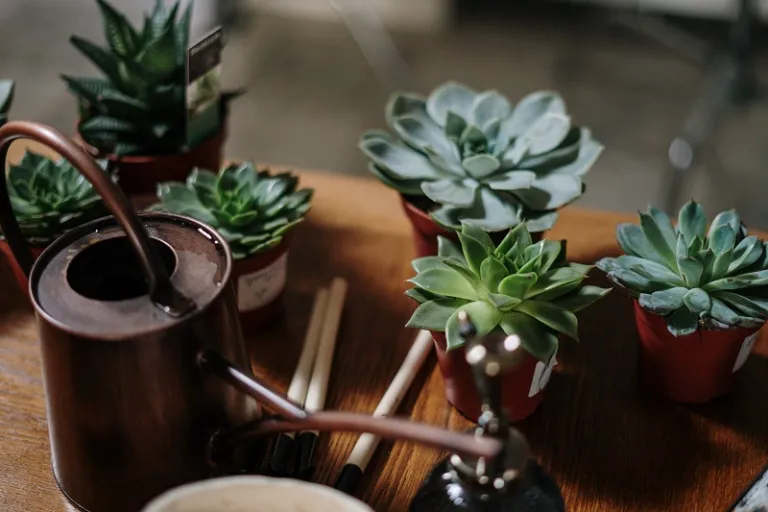
An easy mistake for newbies: too much ‘liquid love’, as they say. You might find this confusing — don’t plants NEED water? Yes, definitely. Plants in soil like and need water, but they drown, too. The you apply won’t matter if you don’t give your green babies a chance to breathe. In fact, let me tell you what happens when you overwater them: Their roots rot. And they die, fast. Which is why you have to be extra careful, especially if your plant prefers to have its soil dry in between waterings.
When you do water your plant, though, make sure to do it deeply and carefully. We mean, really get the water dripping from the pot’s drainage holes to ensure that water reaches the bottom. This is a basic hack to make sure that the roots get the H2O they need to keep the plant healthy. Plus, it helps drain any pests that might be clinging onto the soil.
Halaman hugot: Watering your plants really is like love, which has to be deep for it to establish a strong foundation that lasts and thrives. Aww.
But first things first, figure out the watering frequency your plant requires! From there, you can get the hang of checking how long it holds the amount of water it likes to have.
The many methods of checking water retention
But how exactly do you tell when your plant is ready for a drink? Different people turn to different ways. Some simply follow a calendar (e.g. water every seven to 10 days), which can be a bit tricky. After all, several factors affect water retention: soil, drainage, pot materials, light, etc.
Others rely on mechanical means; they purchase moisture metres like Sustee. These devices signal when a plant is thirsty, although I’ve never tried them myself. For those who want to develop a special plant-y sense though, you can always do it old-school. Check the soil with your finger/s. If the first two to three inches of soil have dried, then it’s safe to consider giving your plants a shower.
Plant IG-blogger @that_one_plant_guy recently talked about “watering by weight”, too. This basically means you have to estimate your plants’ water needs through its heaviness (or lightness) when you lift it with your hand/s. It takes practise to master it, but I can attest it works! As he said, we try to water plants on a schedule we create for them; when in reality, plants would prefer that we follow their natural processes and timeline. If you want to know more, type the hashtag #WaterByWeightPostTOPG on Instagram. Fair warning — his account is a plant parent’s blackhole.
Halaman hugot: Totoo pala, in some cases, too much love can kill. Hinay lang, may bukas pa ulit para magmahalan with your halaman.
8. For heaven’s sake, leave your plants alone
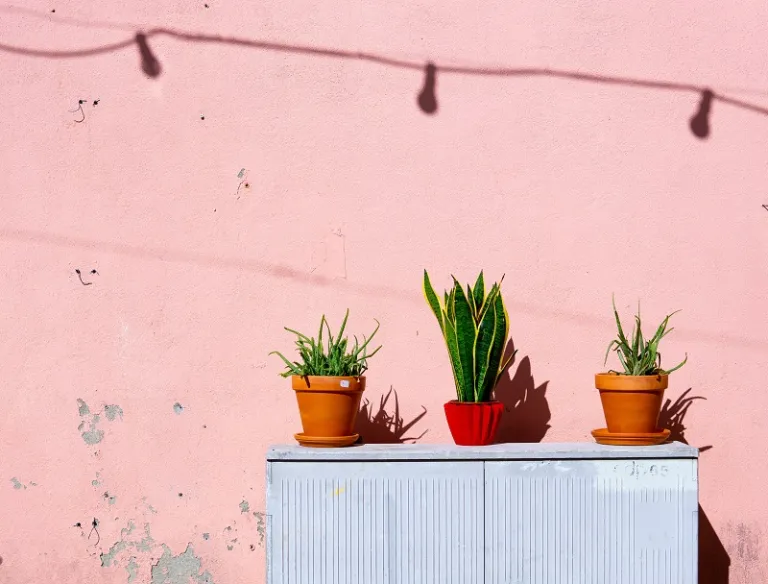
Among the I’ve come across, this one comes up the most. We’re taught to talk and sing to our plants, even play them some music. Our country manager, Charms, even shared an experiment carried out by IKEA showing the effect of bullying on a plant. The plant showered with compliments thrived, while the other wilted.
But like us, they also need their alone time. They relish peace and quiet. I forgot which Instagram seller posted this but it’s very true: Ang paghahalaman ay pagmamahalan. (To the IG plant seller: If by any chance, you read this, please message me so I can credit you!)
More ways of suffocating a plant
So much care and patience and love goes into growing greens! But sometimes even the purest forms of love can be a tad… suffocating. To new plant parents: Don’t be a hovering helicopter. Keep in mind that in the wild, plants are left to thrive alone. At most, they’re enveloped by a cacophony of nature sounds. But that’s about it. No music karaoke blasting from disillusioned neighbours; no 20-something adult ranting to it about the stresses of quarantine life; no drilling ruckus from nearby construction. That said, it needs moments of silence, too.
Also read: COVID-19 Lockdown Reflection: 9 Things I Realise I Take For Granted
If you still can’t quite grasp it, then at least practise this: To love is to also give space. If you’re warned against overwatering, the same thing applies to overcaring.
Halaman hugot: Warning — this may sting a little. Jowa nga nasasakal, eh yun nakakaiwas sa’yo. Halaman pa kaya? They have no choice but to stay still while you fuss over them like an overprotective parent.
9. But also, watch out for (early) signs of disease and distress
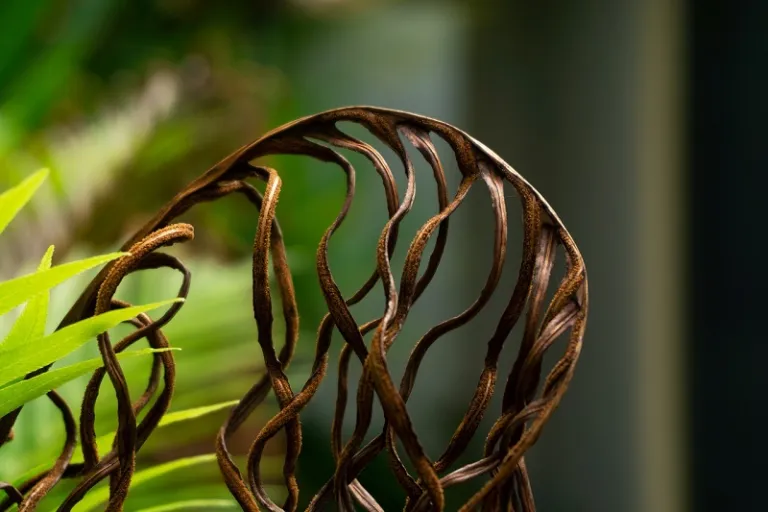
This might sound weird, but over time you realise how some plants communicate. Listen, because it’s quite difficult to catch signals from something that can’t move or talk. I know it’s starting to sound like quite the conundrum — water the plant, but don’t. Leave it alone, but pay attention. So here’s another plant care tip that’s harder to achieve than most: Strike a balance.
You’ll need to because a plant won’t whimper when it’s feeling unwell. Your blooms will just suddenly wilt. Before you know it, you’re left with an empty once again. So pay attention to red flags. Going back to what we talked about it #5, you are your plant’s physician and caretaker. Learn to speak its language, because it sure as hell won’t start talking to you. If it does, good luck, my friend. That’s beyond my knowledge of , haha!
Things to watch out for
As a general rule of thumb, watch out for these distress signals:
- Yellowing leaves — overwatering, lack of nutrients, or the kiss of death that’s known as root rot
- Brown spots, big and small — fertiliser/sunlight burn or bacterial infection
- Crispy leaves — air too dry; increase humidity!
- Sad, wilting foliage — underwatering or too little light (or perhaps you bullied it)
- Leaves with parts bitten off — insects hosting mañanitas on your plant — gathering during quarantine, how dare they?!
- Wrinkling foliage — needs water
- Tiny webs — spider mite infestation
- Small whitish/brownish dots moving around — more pests that I can’t name
- Little things flying around your plant — fungus gnats starting to breed in damp soil
That’s just a taste of what you’re getting yourself into. Plant care is gratifying, nevertheless. Just keep an eye out for warning bells. They normally manifest before issues become unmanageable!
Life lesson: Now I know how my boyfriend feels when he says he has to second-guess what I want when I’m hangry… because I just stop speaking. Kidding aside, you were blessed with vocal chords. Use them for good communication. Don’t be a sitting duck, especially when the situation calls for you speaking your mind. On the other hand, be more empathetic and intuitive when roles are switched and you become the listener.
10. Snip, cut, prune, repot
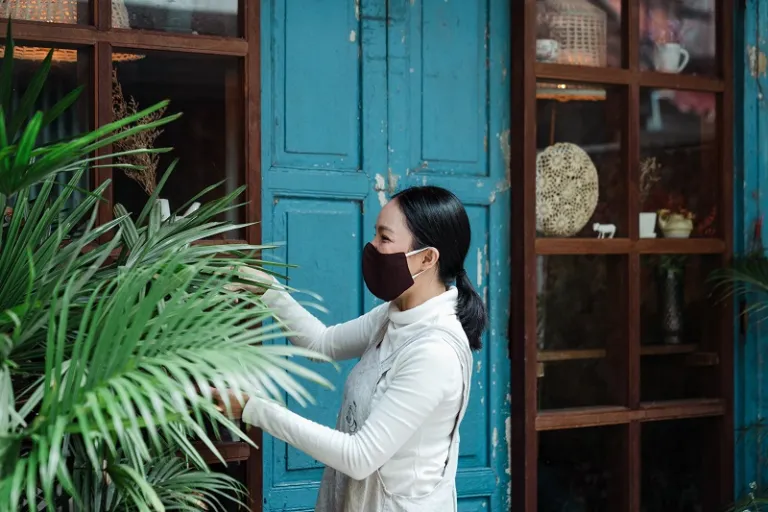
As a beginner plant parent, I know how harrowing pruning is. The thought of snipping away what your plant worked so hard to grow makes me weak in the knees, too. But pruning is a wonderful way of keeping your plant happy and looking (and feeling) fabulous. Think of it as a haircut…or a workout! We regularly need those things, right? Well, plants, too; they need to be cut back a bit for them to grow new leaves and stems!
On growth nodes and doing away with sickly leaves
If you’re looking to eventually replicate/reproduce your plants, snipping stems is something you’ll have to get used to. How do you think cuttings for propagation are made? I’m no expert, so I’m really not the best person to ask about propagation cuttings yet. But the basic idea is to include a growth node (and preferably some leaves), and make the cuttings root successfully before potting. Different species prefer to be propagated a certain way, so the Internet is your best friend. Unless you personally know a plant scientist or kind plant parent friend who will show you the ropes, complete with practical tests! Don’t forget to thank them (with a seedling or cutting, perhaps?).
And when you start seeing signs of root rot or bacterial infections, don’t hesitate to get your shears out. Repot (with extra care) if you must. Do whatever it takes to contain the damage and pray to the plant gods that your little friend makes it. With root rot and bacterial infection, cures lean in the direction of mechanical/manual — not chemical. This means you’ll really have to prune or repot. Chemicals tend to be more for prevention (see entry #5). In any case, act swiftly because not even all the in the world can save flora that has succumbed to root rot or disease.
Last but not least, if your plant is healthy, don’t be in a hurry to repot! No need to fix what ain’t broken.
Life lesson: Leave behind baggage you don’t need. You’ll find that you’ll thrive better without them.
For the rest of your journey as a halamom or plantito
11. Accept that life comes and goes

Not really a concrete plant care tip, I know. This one’s for your sanity and self-care as you further your experience as a plant parent. The thing about growing greens is that, ultimately, they are living things that are born into this world, and they leave one way or another. Becoming a plant custodian stretches your emotional quotient like a rubber band past its limit. How?
The highs and lows of delayed gratification
First, there is the matter of delayed gratification. Foliage does not turn lush overnight. In growth, there is also dormancy, and it takes seasons before change may be detected by the human eye. All we can do is check if the plant is healthy, and trust that it is growing at its own pace.
Life, as we know it, is messy
I always say that gardening is a great metaphor for life itself. Simply put, it’s hella messy. Literally — half of the time your hands will be in dirt. There are quiet days when you feel like nothing’s happening. Then, there are times where everything’s just bright and glorious; new leaves and aerial roots, wow! You’ll meet a few sketchy bugs that suck the life out of you(r plants), too. And disaster strikes… more than once, twice, thrice.
One thing’s for sure: You can prepare for all possible scenarios, but when life throws something unexpected, you just have to roll with the punches. Which is why you have to stock up on supplies (see plant care tip #5).
Not-so-fun-fact: Living things live and die
Third is the living condition’s frailty. Life can be taken away as quickly as it was given. I’ve seen plants look perky one day, and crumbling the next. Even when I try to look out for warning signs, deep green may swiftly turn into a sickly yellow (a sign of distress or death for plants; see plant care tip #9) before you can catch it. Like humans and animals, plants get sick. And if they take a turn for the worse, then it is simply their time.
Life lesson: Even the most skilled gardeners and planters experience grief and death. I was talking to my good friend Oliver, who has one of the greenest green thumbs I know. (Although Oliver does not believe in that; he affirms that everyone has the power to let flora bloom.) He said something that has been echoed time and time again by respected plant vloggers whose subscribers come by the hundred thousands. When your plant passes, accept it and move on, but make sure to take the lessons with you. If you contributed to your plant’s untimely demise, then simply learn from the mistake. Try not to do it again. If it happened out of nowhere, take a deep breath and shrug it off. Remember, ang paghahalaman ay pagmamahalan. While love may last lifetimes, physical vessels remain mortal. Even in the truest love, there is loss.
Love and learn (and of course, apply these )
Which is why I decided to create a basic plant care guide with beginner that carries hugot and life lessons. Right now, for me at least, to plant or garden is to cope in these trying times. But perhaps plants teach us more about coping than we realise. Ang paghahalaman ay pagmamahalan — and oh, how even in (halaman-related) heartbreak, I can’t wait for love’s gentle budding to blossom once more.
Featured image credit: Cristian Negroni | Canva
Published at
About Author
Alyosha Robillos
Subscribe our Newsletter
Get our weekly tips and travel news!
Recommended Articles
10 Best Banawe Restaurants for a Mouthwatering Food Trip in QC 10 Commandments for Responsible Travel Flexing Spread the good word!
Top 10 Post-Breakup Destinations for Healing and Self-Rediscovery Ready for a solo travel?
10 Tips for Planning Out-of-Town Trips During Typhoon Season Stay safe and travel well during the rainy season.
15 Types of Travel Bags You Should Use In This Lifetime Everything’s so useful!
Latest Articles
Every Disneyland Park You Can Visit Worldwide Where Disney magic lives
Guide to Palawan Delicacies: 9 Authentic Must-Eats and Pasalubong Taste your way to Palawan!
Canada Expands Visa-Free Travel to the Philippines: Here’s What You Need to Know Filipinos can now travel to Canada visa-free!
First American Pope Elected: Meet Pope Leo XIV Historic Vatican moment unfolds
Limasawa Island: Beaches, History, and Hidden Gems Where history and island life meet

